Congratulations to all friends who clicked on the title.
Aluminum or steel-aluminum hybrid, I won’t tell you the answer yet.
I went all the way to Macau and spent several hours talking to Dr. Sun.
Dr. Sun told me that there is no right or wrong material choice.
Disappointed? Don’t be impatient. Adults don’t look at right or wrong, but at several levels of material selection.

Dr. Sun, the guest speaker of this topic discussion, is a Ph.D. in Mechanical Engineering from The Ohio State University, and has worked for Ford and General Motors. He is currently the chief lightweight expert at Aiways.
It was really interesting to exchange ideas with Dr. Sun, he explained everything in simple terms, with many memorable quotes.
Can you imagine someone using words like “fresh and lively” to describe steel? Why did he say that? We’ll reveal that later.
Searching for the keywords “aluminum steel-aluminum hybrid” on a certain search engine, we can get 13.8 million results.
The front-runner is Tesla Model 3, which no longer uses all-aluminum, but has a steel-aluminum hybrid body. Of course, you will also think about Audi, which first used all-aluminum body on mass-produced cars, followed by Jaguar, and recently the controversial NIO.
The focus of the problem is not only the engineering geek spirit that pushes technology to the extreme, but also the rational return of cost and usability. In the body of a fuel-powered vehicle, we have seen the enthusiasm for new materials such as all-aluminum and carbon fiber, and also seen the reflection after everyone reached the extreme.
All of this is primarily due to the trend of lightweighting in the body. As fuel-powered vehicles are becoming more rational, electric vehicles carrying huge batteries are faced with the challenge of light weight once again. Before the energy density of batteries has made significant breakthroughs, the body has taken on a very important responsibility in the proposition of overall lightweighting of vehicles.
At the second China Body Conference held in Macau, I saw the white bodies of the new Mercedes-Benz A-Class, the new BMW 3 Series, and the new Audi A7, as well as the white body of Aiways’ first showcase, which used steel on the top and aluminum on the bottom.
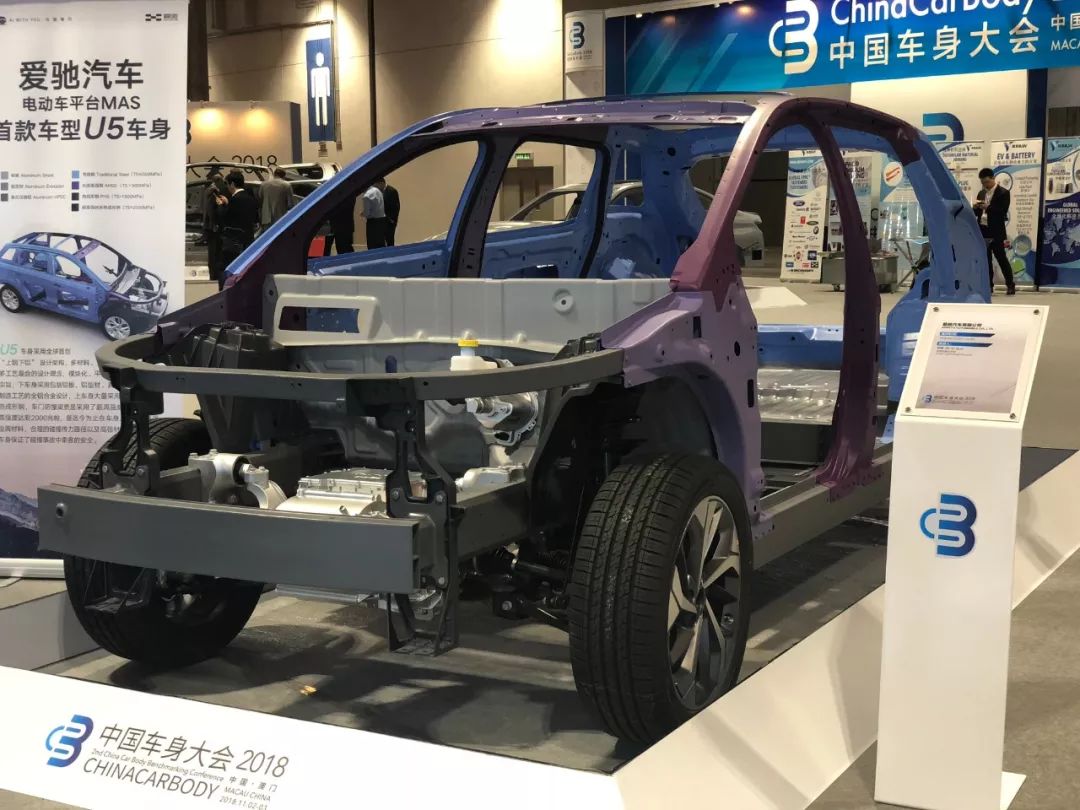 The electric car factory that uses a steel-aluminum hybrid body seems to want to demonstrate through practical actions that even if not using all aluminum, the use of steel-aluminum mix does not compromise the overall weight and performance of electric cars. For example, when Tesla launched its lower-priced Model 3, it not only maximized the performance of electric cars in that segment, but also considered the daily maintenance costs for more ordinary users. When the Nissan Leng Feng changed its model, the weight of the body increased slightly, but the weight reduction in other parts achieved the same effect of overall weight loss.
The electric car factory that uses a steel-aluminum hybrid body seems to want to demonstrate through practical actions that even if not using all aluminum, the use of steel-aluminum mix does not compromise the overall weight and performance of electric cars. For example, when Tesla launched its lower-priced Model 3, it not only maximized the performance of electric cars in that segment, but also considered the daily maintenance costs for more ordinary users. When the Nissan Leng Feng changed its model, the weight of the body increased slightly, but the weight reduction in other parts achieved the same effect of overall weight loss.
However, does the conclusion end here? No, it doesn’t. Next, we will start with the simplest concept, expecting to cover not less than ten professional terms.
Body-in-White
The first is the Body-in-White (BIW).
Before discussing the use of aluminum and steel, it is necessary to clarify that the main focus in this content is the use of materials in the BIW.
According to the definition in Wikipedia, Body-in-White refers to the stage in the manufacturing of automobiles in which body components are connected together using techniques such as welding, riveting, clinching, adhesive bonding, and laser welding. In our discussion of the four major processes in automobile production, Body-in-White is the second stage, which completes the welding (body connection) but has not yet undergone painting.
AIWAYS co-founder and President Fu Qiang saw that “the advanced technologies of the three modules: body, chassis, and power system have always been the gap between China’s automotive industry and leading international brands.”
While there are more people researching chassis and power systems, few people study the body, which indeed affects the core technical capabilities of positive R&D in automobile companies. Researching the Body-in-White, it is necessary to consider not only the installation of power systems and other accessories, but also the layout of harnesses and the space and comfort of passengers. The safety structure of the entire vehicle also relies entirely on the architecture of the BIW.
There are two nodes in history to talk about when it comes to the materials used in the BIW.
“The first node is the mass application of steel plates, which is also the beginning of the Body-in-White. Henry Ford used assembly line production to produce cars starting with the Model T while also increasing the salary of workers, allowing workers to buy the cars they produced. After the automobile became an industrial product, steel plates were also widely used, and the Body-in-White transitioned from non-load-bearing to load-bearing structure.
“The second node is the application of aluminum alloy body. Audi was the first manufacturer to successfully transform the use of all-aluminum into an industrialized process, initially applied on the Audi A8. Dr. Sun mentioned that this was a typical representative of pushing technology to the limit.
After reviewing this basic knowledge, we can delve deeper into the topic.
Steel and Aluminum
The second concept to discuss is steel and aluminum.
Do you remember Dr. Sun, who said that steel is very lively?He also used an adjective – steel is not at all low.
This is because steel undergoes phase change. Therefore, steel has a great playability and many possibilities for innovation. For instance, Dr. Sun, who has spent a significant amount of time in the laboratory, said that there are many interesting and fantastic deformation steels in the laboratory. Does this count as the first time steel has been given its due?
In contrast, aluminum plates have not made as much progress because aluminum is a strengthening mode which is simple with little variation. The most commonly used aluminum is 5 series, 6 series, and 7 series warm-formed aluminum.
Dr. Sun said that all materials are constantly improving. As materials improve, choosing the right materials becomes a dynamic issue. Body development is not a linear relationship, and the emergence of an all-aluminum body is not a leap from an all-steel body.
When determining which is better between steel and aluminum, it is important to note that each manufacturer is making cars based on their own framework, based on their vehicle positioning, supplier technology, R&D history, and even patents, among other conditions. Different materials correspond to different strategies.
Regarding Aiways’ own products, Dr. Sun mentioned that Aiways’ first mass-produced vehicle model U5, positioned as a pure electric A+ class SUV, uses an upper steel and lower aluminum structure, which is a first for Aiways.
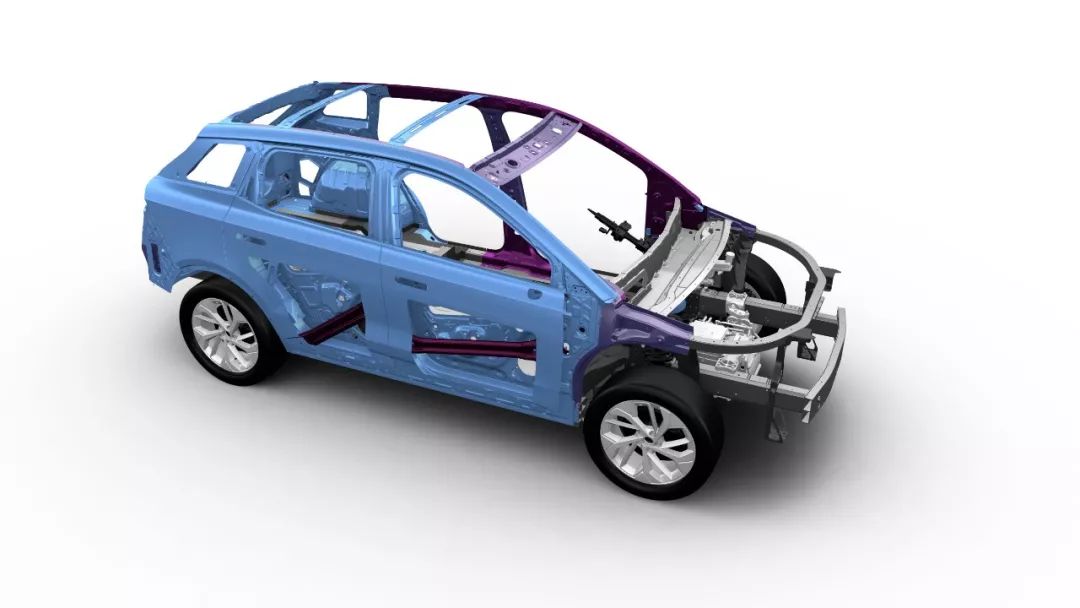
Is being the first important? Of course.
Dr. Sun also made an interesting supplement. They value the originality of the technology, not its uniqueness; they hope that from the perspective of the automotive industry, they can inspire and influence the industry’s development. Currently, other manufacturers are also following the trend of using upper steel and lower aluminum structures. When talking about an all-aluminum body, Dr. Sun also expressed his admiration for Audi’s pioneering spirit.
After using a steel-aluminum hybrid structure, what impact does it have on the lightweighting of the whole vehicle?
According to the data provided by Dr. Sun, the progress of lightweighting of the entire vehicle in the U5 is about 50 kg reduction in the white body. The lower aluminum structure bears the main lightweighting responsibility and can achieve better handling. The upper body is made of steel, which not only takes into account safety considerations but also makes repair costs lower after collisions.
Fu Qiang, the co-founder and president of Aiways, also mentioned a sentence. Choosing an upper steel and lower aluminum body structure is not just a matter of engineering considerations. Behind this, extensive efforts have been made for the convenience of maintenance and for the acceptance of consumers.
Strength and Stiffness
When it comes to steel, we must talk about strength and stiffness.
Because when we distinguish between different types of steel, we often say that it is such and such megapascals of steel, which refers to its strength.
Regarding this, Dr. Sun’s explanation is that strength determines the safety of the body, while stiffness is more related to NVH and comfort.Many people mention tensile strength and yield strength. It is common for American and German manufacturers to use the former, while Japanese manufacturers prefer the latter.
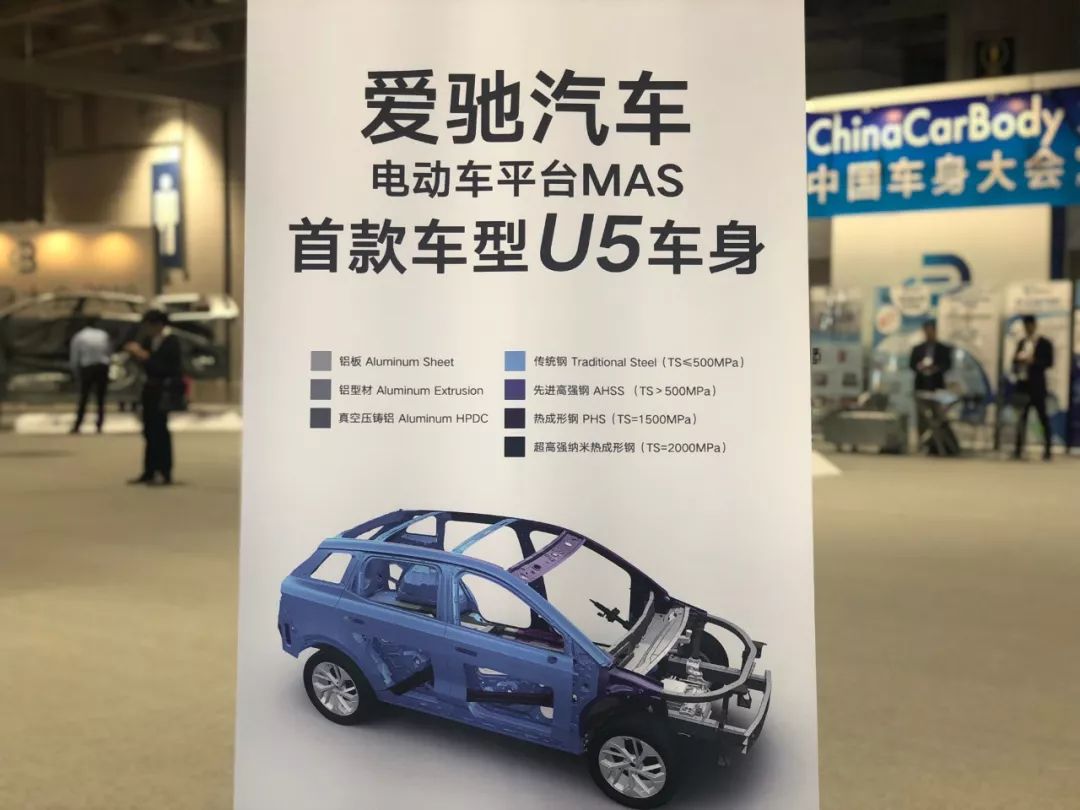
Aiways defines strength using tensile strength. Traditional steel has a tensile strength less than or equal to 500 megapascals, advanced high-strength steel has a tensile strength greater than 500 megapascals, hot-formed steel has a tensile strength of 1500 megapascals, and nanocrystalline hot-formed steel has a tensile strength of 2000 megapascals.
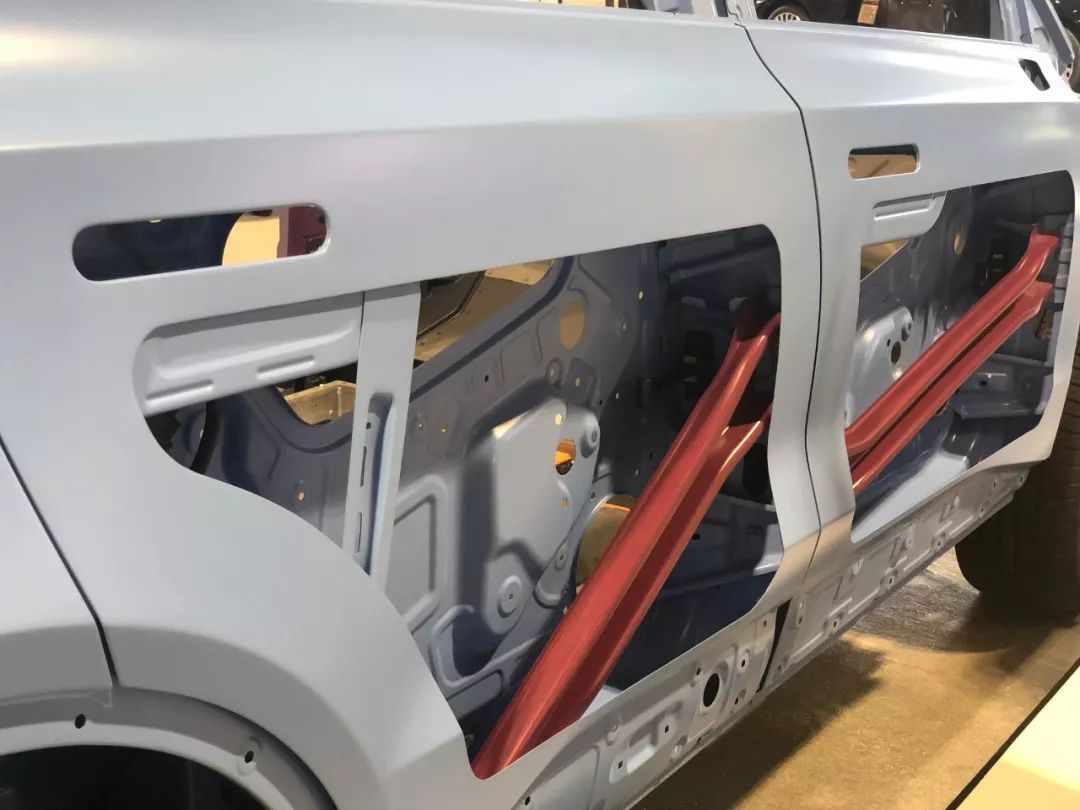
Aiways uses hot-formed steel with a tensile strength of 2000 megapascals for the four door anti-collision beams on the U5. Since the basic principle of a collision is to minimize intrusion near the driver, stronger materials are needed. These four anti-collision beams can provide good protection in the event of a side collision.
Now we need to talk about the concept of active steel. The hot-formed steel with a tensile strength of 2000 megapascals is the new material that Dr. Sun mentioned.
Why wasn’t hot-formed steel with a tensile strength of 2000 megapascals seen much on the original car body?
Dr. Sun mentioned another characteristic, which is fracture toughness. Fracture toughness is the ability to resist crack propagation after collision.
Traditional 2000-megapascal hot-formed steel has poor fracture toughness, and its effectiveness may be inferior to that of 1500-megapascal hot-formed steel.
To achieve better fracture toughness, Aiways added vanadium to its 2000-megapascal hot-formed steel to form nanoparticles of vanadium carbide, ultimately improving the material’s fracture toughness. Furthermore, this process does not require a significant increase in cost.
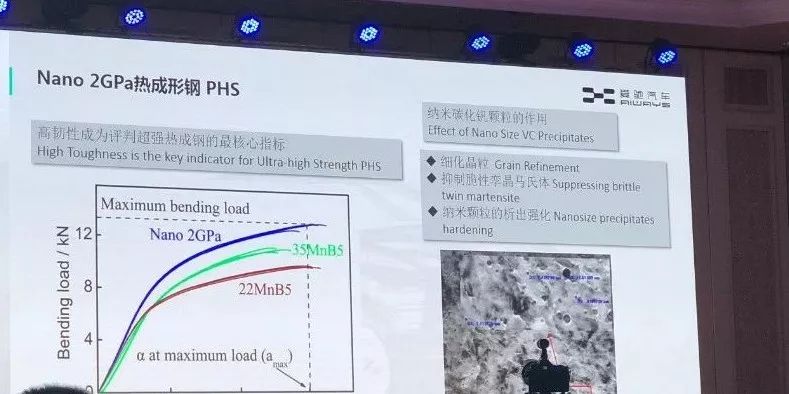
In summary, the three characteristics are high strength, high toughness, and low cost.
Hot-formed steel and high-strength steel have always been in a competitive relationship. In Dr. Sun’s words, hot-formed steel is an engineering problem, while cold-formed steel is a scientific problem.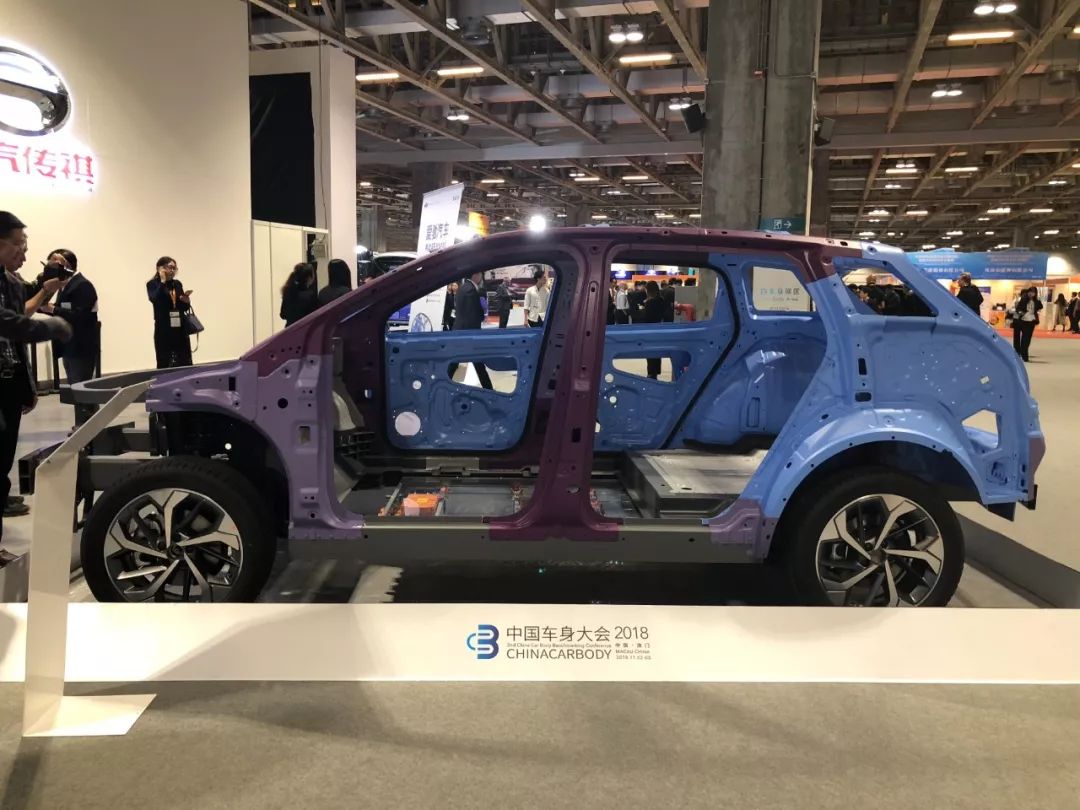
To put it simply, using high-strength steel saves money, but the higher the strength, the worse the ductility and the greater the springback, which has always been a problem in the scientific community. Meanwhile, hot forming is more expensive than cold forming, so how to reduce costs is an engineering problem.
The earliest invention of hot-formed steel dates back to 1980, and the first patent for hot-formed steel was produced in Sweden. Volvo used a large amount of hot-formed steel in its early days, which was one of the reasons for the brand’s safety achievements, but this is beside the point.
The application of hot-formed steel in China was relatively late, mainly due to cost issues. It was not until around 2011, when large-scale production of hot-formed steel took place, that the technological problems were solved and the cost was subsequently reduced.
Dr. Sun predicts that 2,000 megapascals of hot-formed steel will become a trending application, and will be seen in more models in 2019-2020.
Connections
Now that we have talked about materials, let’s move on to connections.
Each section’s material parts are connected together to form a structure. Of course, the body structure is something that is designed from the beginning, such as the cage-style body of Aiways’ “Eight Sides and Eight Rows” that Dr. Sun mentioned, which is designed for the rigidity of the body. Also, the vacuum die-cast aluminum shock tower and torsion box used by Aiways are also applied to improve the body’s torsional stiffness, which is usually common in luxury cars.
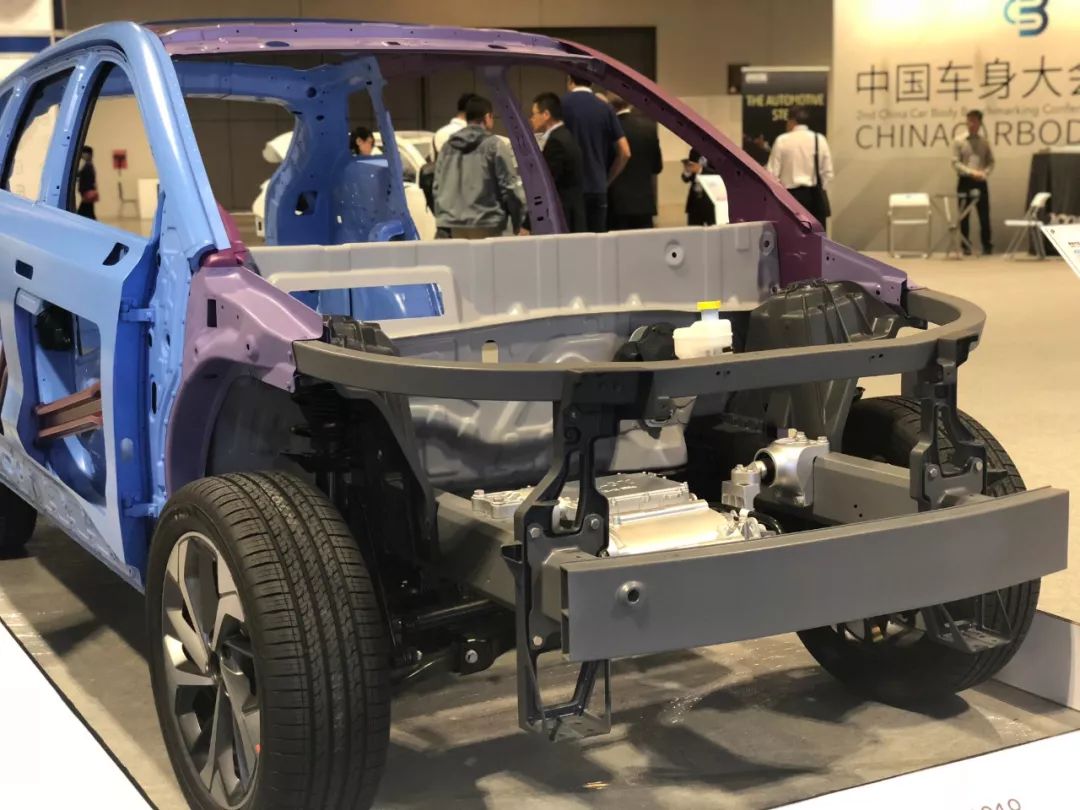
Connection technology is a very important part of vehicle lightweighting.
We can make the material very light, but the reason why it cannot be finally used is often due to the inability to connect.
The most common connection technologies are welding and riveting.
Dr. Sun mentioned a statement: “Where welding technology can be used, riveting technology will certainly not be used. On the breakthrough of technology, welding process has greater difficulties. However, when using riveting technology, rivets also have weight, and also is a cost factor :)”.
Riveting technology is usually used where there are differences in materials.
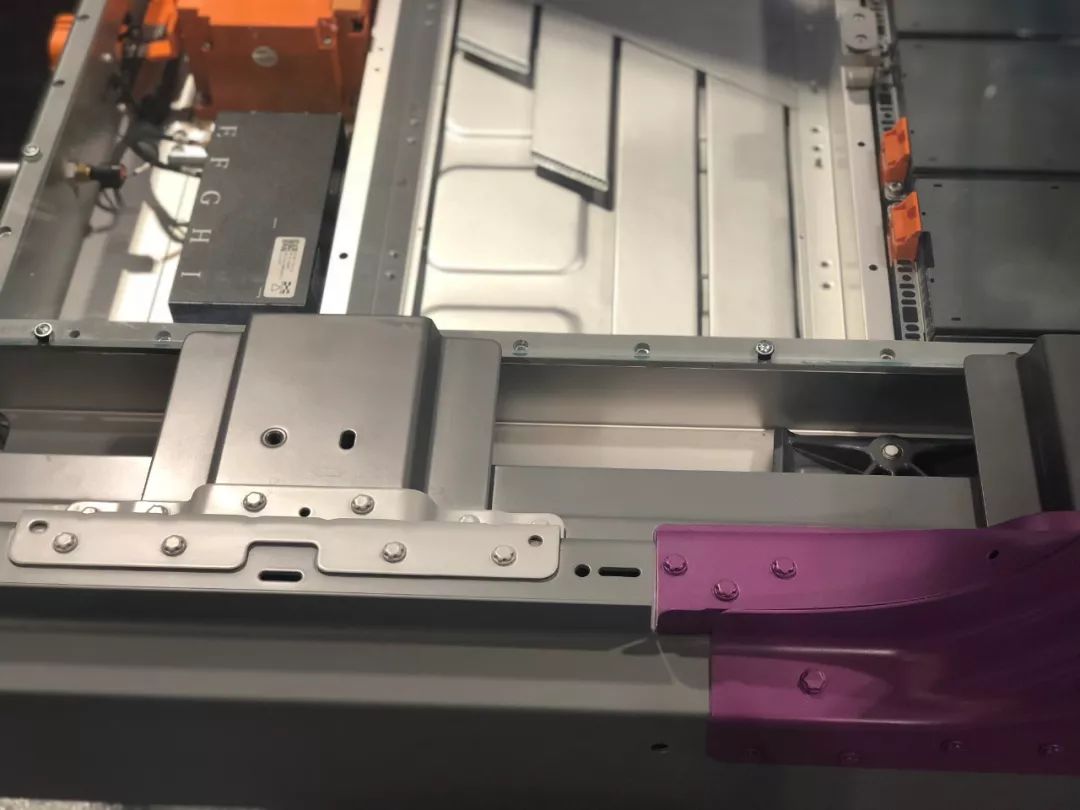
For instance, Aiways implements self-piercing riveting (SPR) and flow drill screw (FDS) technology on a body with steel on top and aluminum on the bottom. Aiways also emphasizes that they have applied the world’s first SPR connection with the same thickness of hot-formed steel and aluminum sheets.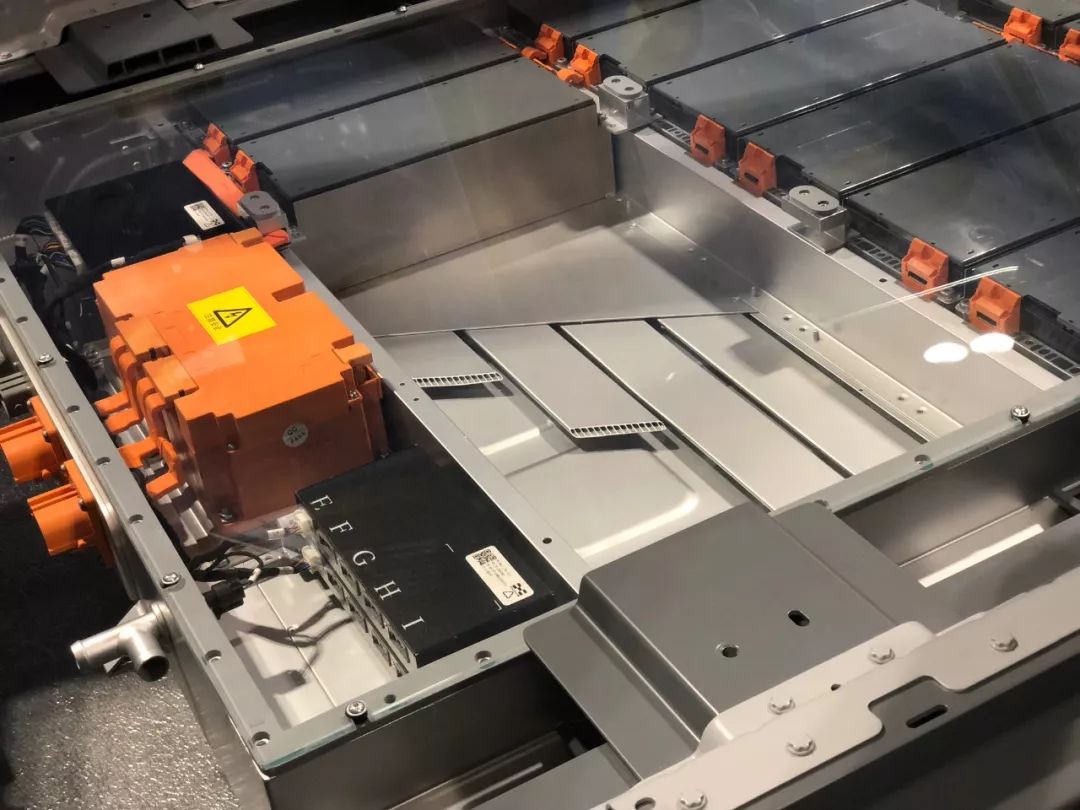
In Aiways’ self-developed battery pack design, we can also see the use of aluminum by Aiways.
One can feel that this is a company that uses materials wisely.
As mentioned earlier, when we talk about how a company uses materials, in the end we are discussing their material strategy.
Aiways’ strategy is to ensure the basic safety and handling performance of the vehicle from an easy-to-use perspective, while also striving to innovate in material usage as much as possible.
In brief, they pursue excellence, while also being delicate.
In conclusion, here are some helpful nuggets of knowledge:
-
The safety of a vehicle in a collision mainly depends on its strength. As the strength of the material increases, the thickness may be reduced. But it is not appropriate to judge the safety of a car based solely on the thickness of its steel sheets.
-
Energy is always conserved. If the car body structure does not absorb sufficient energy during a collision, the energy will be dissipated elsewhere. It is also inappropriate to judge the safety of a vehicle solely based on visible crumple deformation.
-
Strength determines the safety of the vehicle, while stiffness is related to NVH and ride comfort.
-
If welding can solve a problem, then riveting will not be used.
-
There is no right or wrong choice of material, and there is a lot of room for play with steel, while aluminum has fewer variations.
-
Non-rigorous statistics suggest that for every 100 kg reduction in vehicle weight, the cruising range can be increased by 5%.
-
The use of hot-formed steel is an engineering problem, while that of cold-formed steel is a scientific problem.
Thanks to Dr. Sun for agreeing to the interview.

This article is a translation by ChatGPT of a Chinese report from 42HOW. If you have any questions about it, please email bd@42how.com.
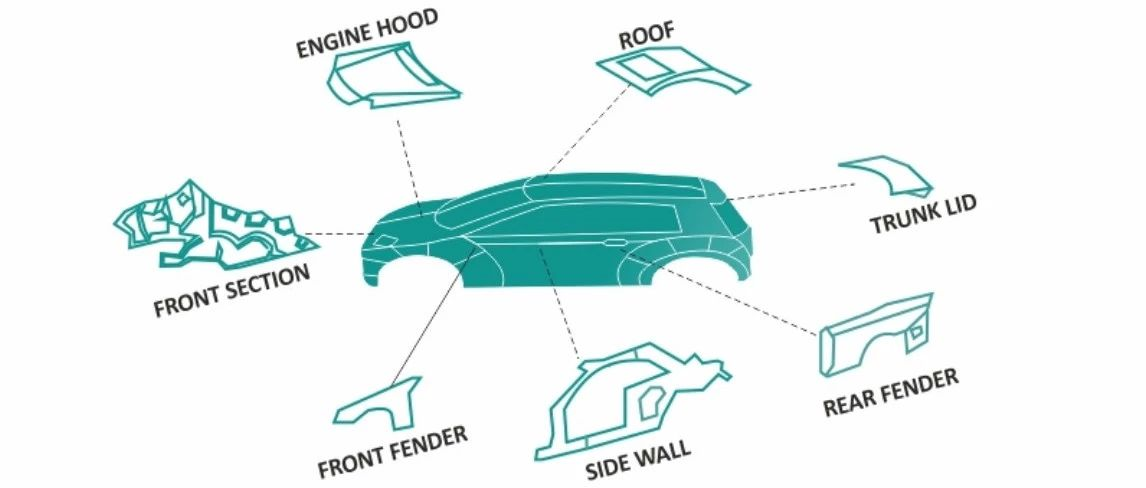
 *
*